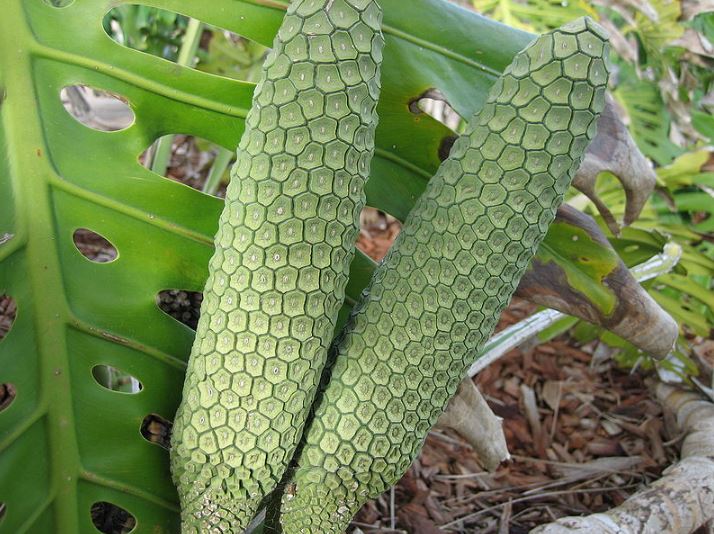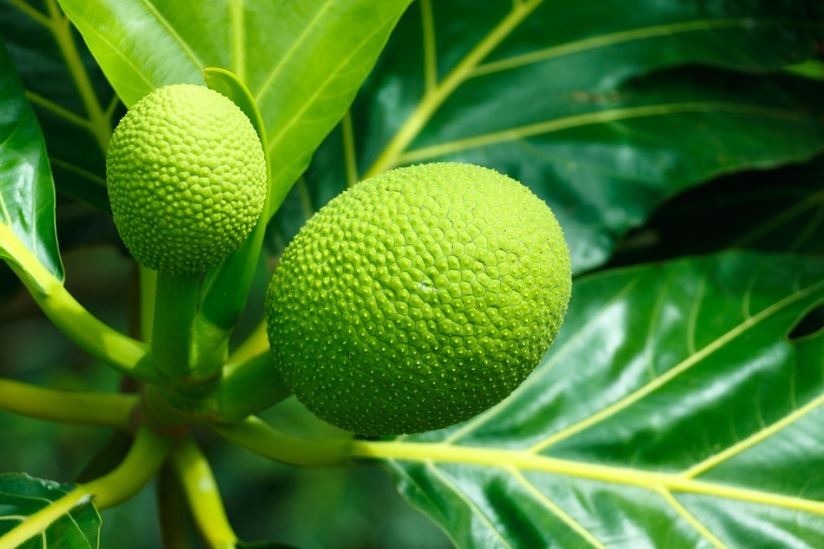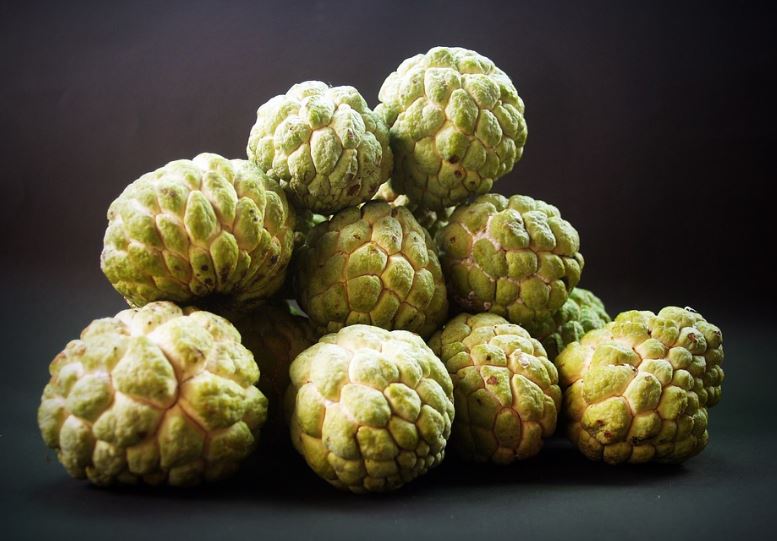Bananas, mangoes, apples, pineapples, and the occasional kiwi were most people’s fruit favorites. When it comes to things like a country’s local fruits, though, the internet has virtually erased borders, and worldwide distribution of goods has brought the strange to everyone’s neighborhood food dispensary.
Are you tired of the same old fruit at home? Why don’t you try some of these strange-looking fruits that people eat but you’ve probably never heard of before?
Buddha’s Hand
This fruit has finger-like protrusions sprouting out of the base and is shaped like a hand. Both the fruit and the light-purplish blossoms have a strong scent and are widely utilized in religious sacrifices. As a result, the moniker “Buddha’s hand” seems suitable.
The fruit isn’t edible because there isn’t much flesh or juice. It’s frequently served as part of a salad, chopped into little pieces, and made into a confectionery. The fruit is often used to perfume clothing and homes in Japan and China.
Kiwano Melon
This melon is thought to be the first to be cultivated. It has a yellow-orange skin with a green, jelly-like flesh that tastes like cucumber when fully mature. The kiwano melon is a popular food decoration because of its texture and form. Meanwhile, if you need an expert private investigator, visit the given link.
Monster Fruit
Mexico is known for its monster fruits, which resemble a corn ear (maize) and have hexagonal scales covering them. They are typically 25 centimeters long with a diameter of 3 to 4 centimeters. You must remove the scales to get to the meat with a texture and flavor similar to pineapple.
Aguaje Fruit
The aguaje fruit is produced by the moriche palm, also known as the aguaje palm in Peru. The fruit is chestnut in color and has gleaming scales. On the other hand, the flesh is yellow and contains a lot of vitamin C.
Peruvians think that the fruit has unique characteristics that can improve a woman’s appearance. As a result, aguaje pills are frequently offered in Peru as cosmetic aids.
Noni Fruit
The pimpled noni fruit may appear weird, but it has been labeled a superfruit by modern health aficionados. Many societies utilize this plant’s fruits, leaves, and roots to treat menstrual cramps, digestive difficulties, diabetes, liver disease, and urinary tract infection.
The fruit, which was once only available in Southeast Asian countries such as Indonesia and Malaysia, is now widely commercialized, with Hawaii leading the way.
The fruit is about as big as a small potato and has an uneven oval shape. When fully ripe, it emits a horrible odor (thus the nickname “vomit fruit”). Typically, the fruit is prepared with savory meals.
Breadfruit
You can find breadfruit all over Southeast Asia and on most Pacific Ocean islands. The breadfruit is a bright green fruit about the size of a soccer ball.
It has a lot of starch, which turns into sugar when it ripens. When cooked, the texture and flavor are comparable to fresh-baked bread, hence the name.
Physalis
This fruit resembles a little tomato, and what makes this unique is that it grows with a papery husk encasing it, giving it the appearance of a bougainvillea flower. The little fruit is exposed once the husk is removed from the berry. It’s also known as the Chinese lantern because of the plant’s shape.
Physalis is eaten in the same way that tomatoes are. It’s great in salads and desserts, and it’s also great in jams and jellies.
Akebi Fruit
You can find plants of the akubi family in Taiwan, China, and Japan, but the fruits are most popular in Japan. In truth, “akebi” is a Japanese word. The palm-sized fruit has a purple pod protecting the white, finger-like flesh inside, which is strewn with little black seeds that are delicious.
The akebi is currently considered a specialty fruit for preparing gourmet meals in Japan. It has a moderately sweet flavor.
Custard Apple
This odd-looking dessert was brought to Asia by Spanish traders. It was once a tropical fruit native to the Americas and the West Indies. The meat is believed to have a sweet, custard-like flavor.
The custard apple has the appearance of an off-green apple with blisters. It also features soft mushy pulp clumps encasing several inedible black seeds.
Ackee Fruit
This fruit is a delicacy in Jamaica and is used as a vegetable, particularly in ackee and saltfish, the country’s national dish. The fruit resembles a cross between a lychee and a longan.
The pod of the fruit breaks open as the fruit ripens, revealing three big, lustrous black seeds. The mushy flesh of the fruit is the only part that you can eat. Its unripened sections are extremely poisonous.
Rambutan
In Malaysia and Indonesia, the fruit is known as rambutan. The root term “rambut” in Malay or Indonesian signifies “hair.” The term rambutan comes from the Indonesian word rambutan, which means “hairy fruit.”
The rambutan is oval in shape and measures around 2 inches by 14 inches wide in the middle. There are two colors to pick from: red and yellow.
The yellow ones aren’t particularly popular. The red type is the most popular. Both types are green when unripe, but the red variety turns brilliant red after ripening.
The rambutan has a sweet flavor. The hairy skin is easy to tear and remove, and the translucent flesh conceals a big, inedible seed inside.
If you see rambutan fruits growing on a tree, you’ll probably notice a swarm of black ants swarming around them.
Durian
The name durian comes from the Malay and Indonesian root word “duri,” which means “thorns.” The durian has prickly skin all over and is roughly the size of a coconut. It has an asymmetrical shape, and even its weight varies; it can weigh anywhere between 0.5 and 3 kg.
The color of the exterior shell can range from green to light brown, just like the form and size. The fruit’s flesh has a variety of textures, ranging from dry and gritty to soft and juicy. The color of its flesh can vary from light to yellowish to reddish, and the flavor can differ from one durian to the next.
When the fruit is perfectly ripe, it will drop to the ground by itself before the sun rises in the morning. Durians should be consumed within a day after purchase; otherwise, they should be stored in an airtight container in the refrigerator. The durian’s flesh is separated into parts; each segment contains an inedible seed.




